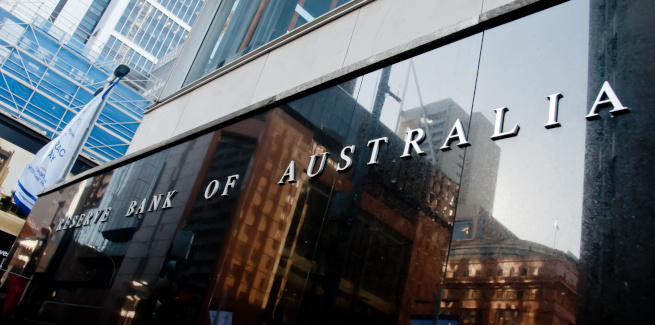The Reserve Bank of Australia (RBA) has cut the official cash rate to a new record low of 1 per cent, in line with the expectations of most industry pundits.
In minutes released from last month’s board meeting – in which the RBA dropped the cash rate for the first time in almost two years – the central bank acknowledged that further cuts to the cash rate were “more likely than not”, with governor Philip Lowe also conceding that the market was not “making any inroads into the economy’s spare capacity”.
The RBA’s unusually strong signal to the market prompted observers to predict back-to-back rate cuts in July and August, as part of an aggressive strategy to stimulate the labour market and boost GDP growth.
ANZ Research’s head of economics, David Plank, had said: “[Clearly] there is a very real chance the cash rate is cut in both July and August given the RBA’s assessment that ‘we are not making any inroads into the economy’s spare capacity’.”
AMP Capital’s chief economist, Shane Oliver, who also predicted cuts in both July and August, stated that the RBA could lower rates by a cumulative 2 per cent.
“We remain of the view the RBA will [cut] in July/August, November and February, taking the cash rate to 0.5 per cent,” he predicted.
However, governor Lowe has noted the RBA’s reluctance to exhaust its monetary policy tool by dropping the cash rate to a “dangerous low”.
Expected rate cuts from the Federal Reserve in the United States and from the European Central Bank have been flagged as a potential catalyst for a revision to the RBA’s monetary policy strategy.
Analysts have observed that rate reductions from foreign central banks may undermine the RBA’s hopes for a lower Australian dollar to improve the domestic labour market’s competitiveness in the global arena, prompting it to ease further.
In a panel discussion hosted by the ANU Crawford Australia Leadership Forum, governor Lowe acknowledged the challenges but said the central bank would not look to out-cut its foreign counterparts.
“If everyone’s easing, the effect that we get from exchange rate depreciation [isn’t there], so we don’t get the same stimulus that you would normally expect from monetary easing,” he said.
“It may be possible if you ease more than others, but that’s quite a dangerous path to go down.”
He added: “There are limits on what further monetary policy can achieve.”
Mr Lowe renewed his call for alternative policy measures to stimulate the domestic economy.
“In my mind, that means we need to focus on fiscal policy and structural reforms,” he said.
Attention shifts to mortgage market
The RBA’s June cash rate announcement prompted an immediate response from the market, with several lenders, including the big four banks, passing on the reduction to their mortgage customers.
However, despite warnings from both governor Lowe and Commonwealth Treasurer Josh Frydenberg, some lenders opted not to pass on the cut in full, citing margin pressures and considerations for deposit customers.
Ahead of the RBA’s July board meeting, Mr Frydenberg renewed his call for full 25bps mortgage rate reductions.
“[We] do expect the banks to pass on in full to the Australian people the benefits of sustained reduction in their funding costs,” Mr Frydenberg told the media.
However, CoreLogic’s research analyst, Cameron Kusher, has said that lenders would look to protect their savings customers and ease margin pressures.
“Our expectation is that banks will be holding back on passing on the full cut as they seek to balance out mortgage rates with deposit rates and protect net interest margins,” he said.
The Australian Prudential Regulation Authority’s latest quarterly ADI institution performance statistics revealed that the collective net profit after tax of Australia’s banks fell by 12.6 per cent ($1 billion), from $8.31 billion in the March quarter of 2018 to $7.26 billion in the March quarter of 2019.
When assessed on an annual basis, the collective net profit after tax of Australia’s ADIs dropped by 4.1 per cent ($1.6 billion), from $36.1 billion in the 12 months ending 31 March 2018 to $34.5 billion in the 12 months ending 31 March 2019.
[Related: RBA reluctant to drop rates to dangerous low]
 ;
;
